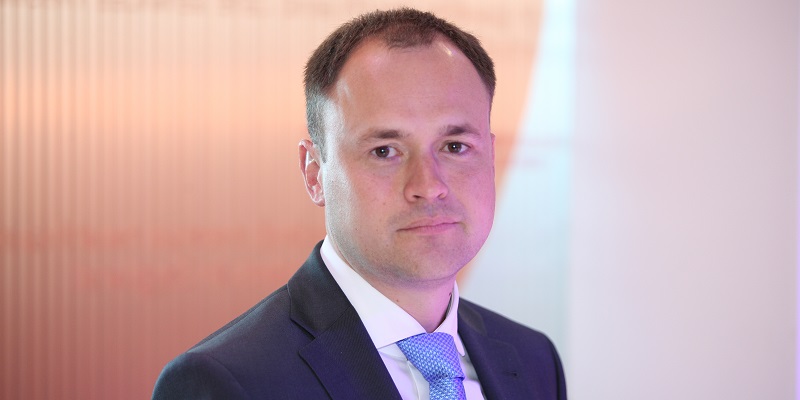Almost 6 million people could be waiting for NHS treatment by the next general election unless the government takes action to increase capacity and support NHS patient choice, the Independent Healthcare Providers Network (IHPN) has warned.
Analysis of historical referral-to-treatment time (RTT) data carried out by IHPN indicates that the number of people waiting for planned treatment could rise from the current 4.42 million to around 5.98 million by May 2024 if waiting times continue along current trajectories.
If recent trends go unchecked, the number of patients waiting longer than the 18-week target could spiral from 690,000 to more than 1 million over the same period.
The NHS last achieved its target for 92% of patients starting treatment within 18 weeks of a referral in February 2016. Currently, 84.4% of patients begin treatment within 18 weeks. Based on overall trends from the last four years, IHPN analysis suggests this could dip to around 81.4% by 2024.
However, if the sharper falls seen in recent months are indicative of a longer-term trend, the proportion of patients treated within 18 weeks could deteriorate further and faster.
IHPN said urgent action is needed to prevent the crisis and called on the government to ensure waiting lists are a key priority for the additional £33.9bn it plans to spend on the health service over the next five years.
IHPN CEO David Hare said the NHS needed to make more use of the significant capacity available in the independent sector and increase patients’ awareness of their rights to choose where they receive NHS funded care.
‘The pressures facing the NHS are of course significant, and NHS providers alone will not be able to meet this rising demand for care. It is therefore important that the significant capacity available in the independent sector is utilised to help ensure patients can be treated as quickly as possible,’ he said. ‘A key part of this will be putting more power in the hands of patients and ensuring they are supported to exercise their legal right to choose where they receive their NHS care, including in the independent sector, who offer services to patients paid for at NHS prices, to NHS standards and free at the point-of-use.’








 ©2024 All rights reserved LaingBuisson
©2024 All rights reserved LaingBuisson 


